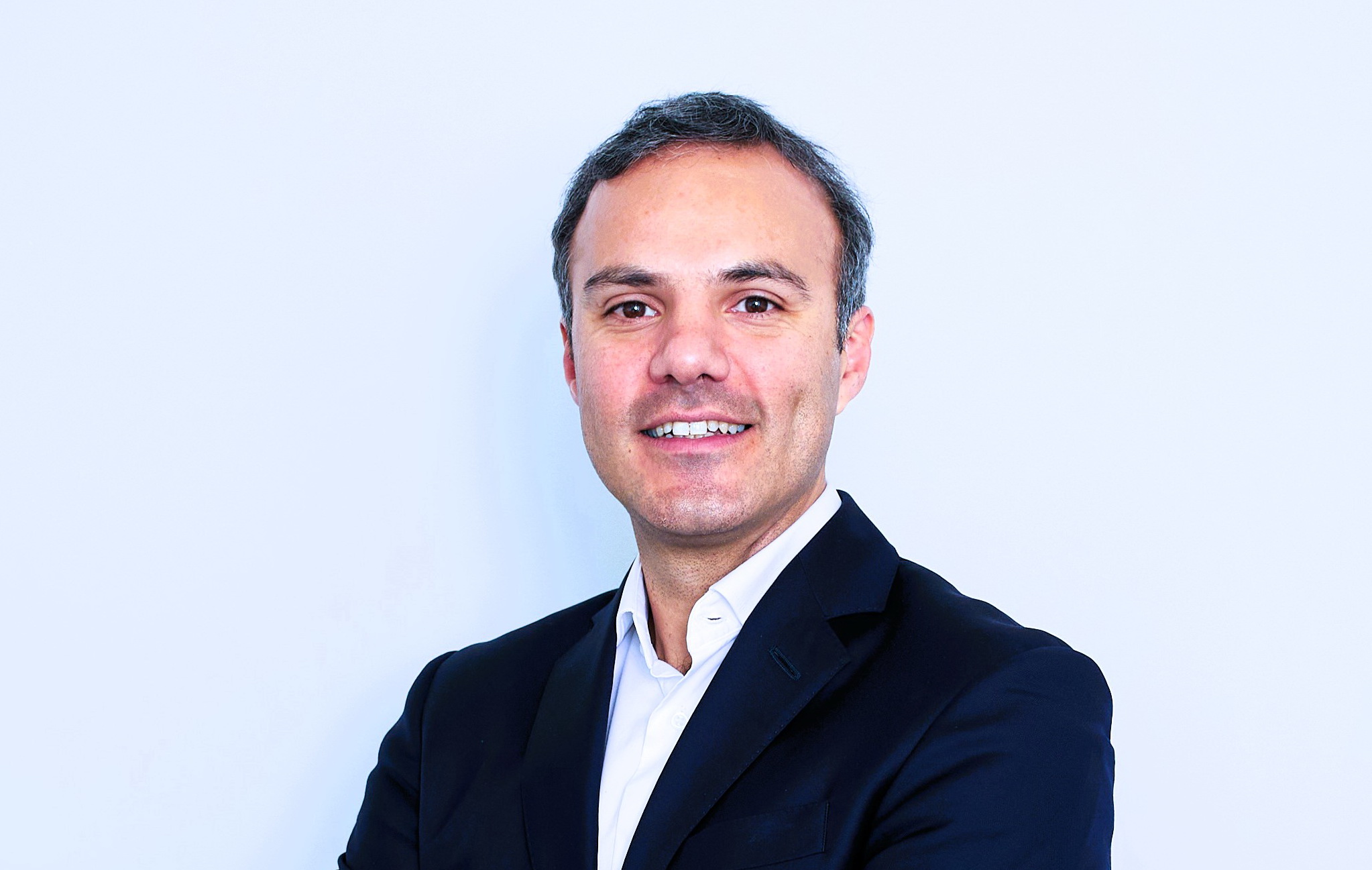Private credit can be sensitive to defaults, but the key for asset managers is to consider the possibility of loss when making investment decisions, Toreigh Stuart, Head and Managing Director of Garrington Capital, told Funds Society.
“Any type of credit, whether public or private, can be susceptible to defaults; however, the risk of loss from such defaults lies in the investment philosophy behind issuing these loans,” Stuart explained.
The executive outlined Garrington Capital’s philosophy for mitigating losses in their loan portfolio, which starts with a mindset of “winning by avoiding losses.”
Stuart highlighted three key pillars to consider when investing in private credit:
1. Lending against the liquidation value of a company’s tangible assets.
2. Keeping loan durations short—Garrington’s portfolio averages less than one year.
3. Ensuring borrowers make cash interest payments rather than “payment-in-kind” to guarantee loan balances amortize instead of increasing.
However, private credit is not the only product within alternative investments. On the contrary, real estate, private equity, and other assets complement and diversify portfolios. According to Stuart, this is due to two main reasons: return potential and diversification benefits.
“Alternative investments become more attractive when the outlook for more traditional investments, such as equities and fixed income, is less clear, leading investors to seek other options,” Stuart commented, illustrating how the prolonged period of low-interest rates “pushed investors to seek alternative solutions for their fixed income allocations, such as private credit, among many other options.”
On the other hand, the only “free lunch” in the investment world is diversification, Stuart noted. By adding non-correlated investments to a portfolio, investors can benefit from better risk-adjusted returns.
“Although alternative investments are not foolproof and come with their own risk factors, many tend to derive returns from different sources, which allows for diversification benefits over time, especially compared to traditional investments in bonds and equities. This differentiated return stream that alternatives can provide is one of the key factors for including a long-term asset allocation to this class,” Stuart explained.
Alternatives and Inflation
An inflationary period presents challenges for companies. Input costs tend to rise, squeezing operating margins unless companies can pass these costs on to customers, and it is often accompanied by rising interest rates, which increase borrowing costs for companies—another hurdle.
Conversely, a deflationary environment tends to have the opposite effect and is generally positive for businesses, Stuart contrasted.
Regarding private credit, in an environment of rising interest rates and inflation, “private credit strategies tend to protect investors as their loans are typically floating rate, meaning that as interest rates rise, the returns these strategies offer to investors also increase,” the executive pointed out.
Furthermore, during a period of declining interest rates and inflation, most floating-rate loans tend to have a minimum rate when issued, thus protecting investors from the full extent of the decline, offering partial insulation.
Financial Education and Alternatives
According to Stuart, education is always a crucial factor for advancing in the fields of finance and portfolio management.
“The alternative asset investment landscape has evolved significantly, from individual investors to the most sophisticated institutions. Large institutions have been using alternative investments for decades, allocating more than 50% of their portfolios to these assets due to a deep understanding and comfort with them,” he explained.
However, when considering Latin America, Stuart noted, “there is still room for growth in awareness and education” around alternative assets in the region.
“There is great potential here, and it is essential for firms like Garrington to continue providing accessible and ongoing educational resources to support the region’s financial evolution,” he concluded.



 By Emilio Veiga Gil
By Emilio Veiga Gil
